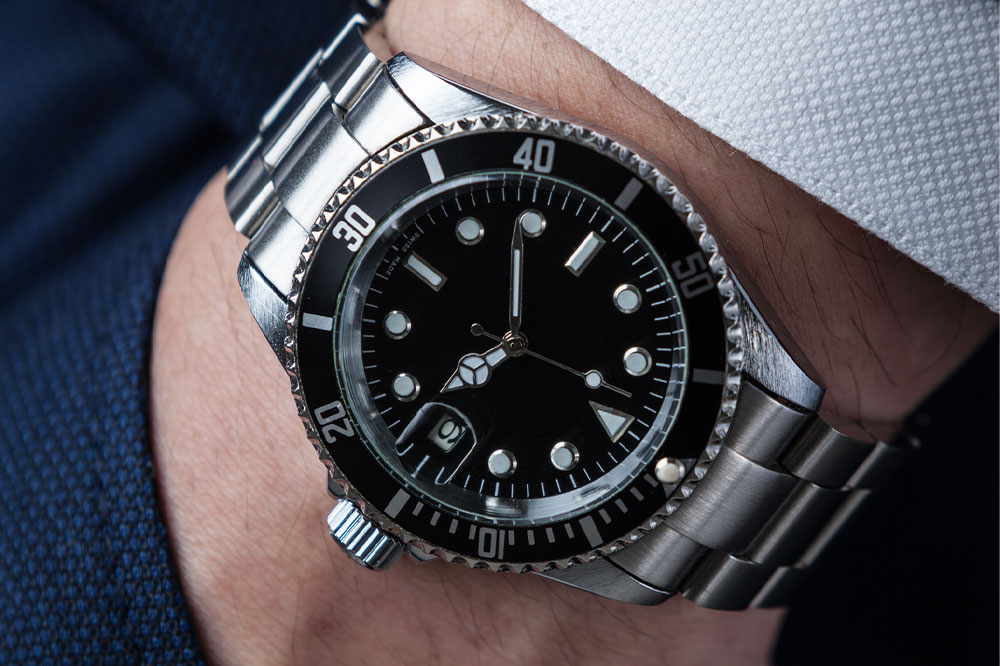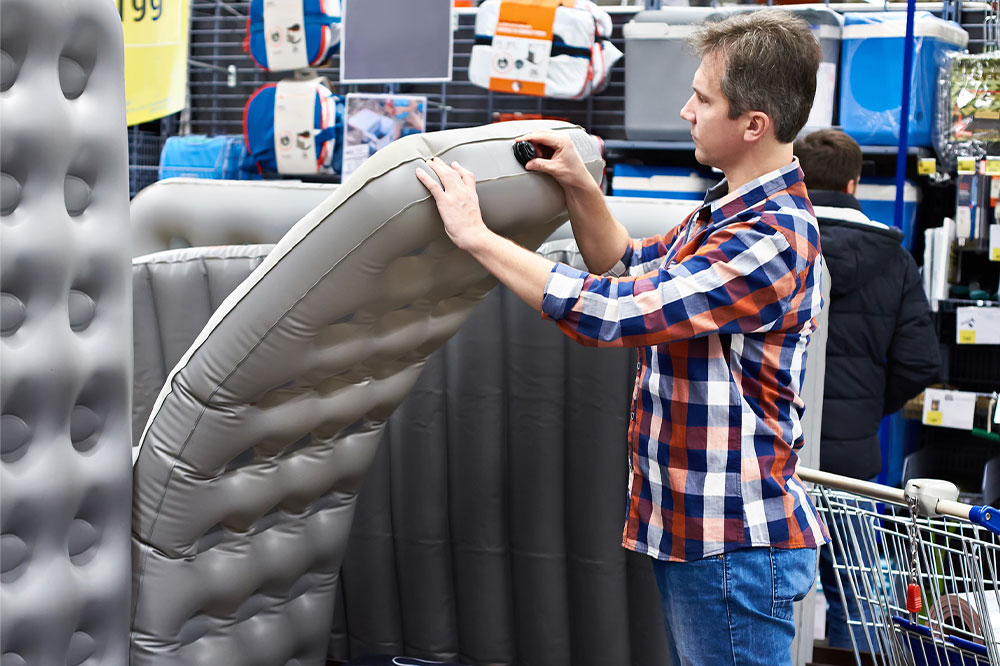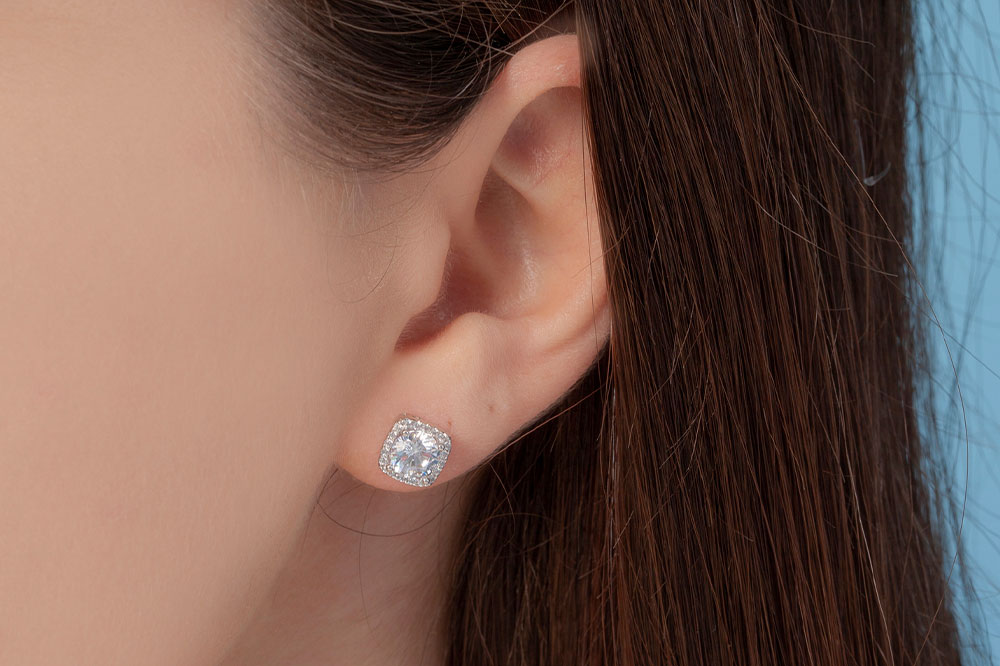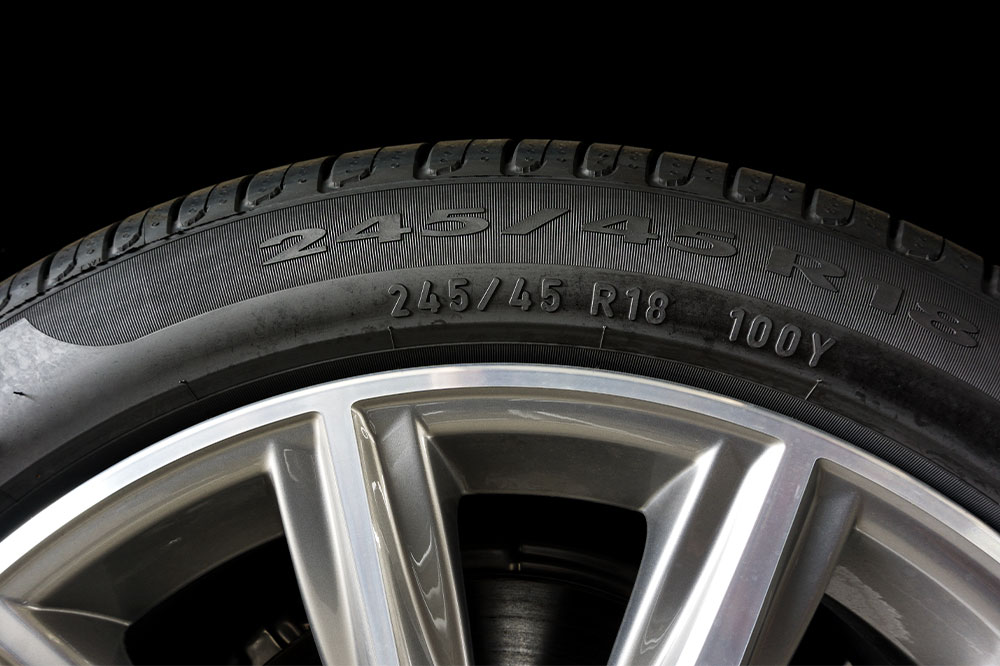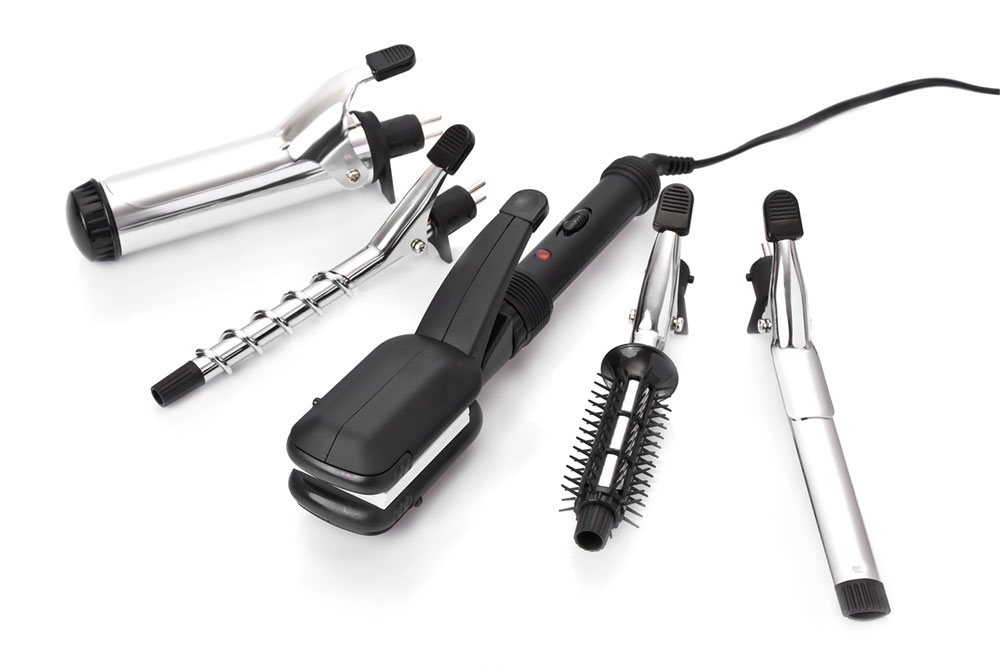7 mistakes to avoid when buying an air purifier
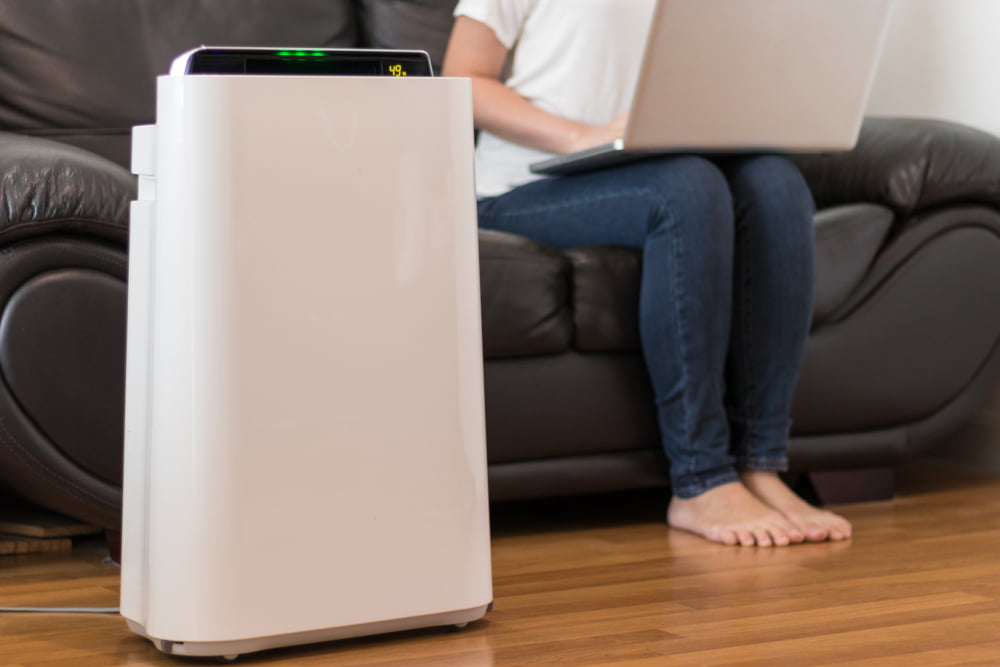
Fresh air does more than just purify the lungs – it enhances mood, improves digestion, and boosts energy levels. Unfortunately, as of 2023, about 36% of people nationwide live in areas with unhealthy ozone or particle pollution levels. Since residing in cities is inevitable, installing air purifiers is the next best option to avoid contact with harmful indoor pollutants like argon and radon. However, one should avoid certain common mistakes when buying an air purifier:
Forgetting to check the air change rate
Air change rate or air changes per hour (ACH) indicates how often an air purifier filters all the air in a room within one hour. However, this number may differ among rooms, so one should evaluate an air purifier’s ACH based on the recommended number for different types of rooms. For example, a room with several plants might require a minimum ACH of 4, which can help eliminate pollen, dander, etc. In contrast, an ACH of at least 6 is essential for larger rooms with no plants or pets. One should check the ACH readings of the cleaner in different rooms, compare them against the recommended ACH, and shortlist the one whose ACH comes closest to the recommended values.
Buying incorrect size
Several air purifiers are available online and offline, so it’s easy to pick one with the best features and price but ignore the size factor. Cleaners of multiple sizes are available, so one should consider it an essential factor before zeroing in on an air purifier. The most important aspect to consider when considering air purifier size is the room in which it needs to be installed. One may want to ensure the appliance fits perfectly in its designated space. Similarly, the cleaner’s capacity also needs to be taken into account. For example, an air purifier suitable for the living room may not be ideal to be set up in a large conference room or an office.
Overlooking the noise levels
Air purifiers usually have built-in fans, which might produce some noise. But this noise shouldn’t be overpowering because one may need to have the air purifier turned on at night, and a noisy one can be quite disturbing. So, the best bet is to test the air purifier for noise levels before buying it.
Not considering how the room is utilized
Another common mistake when buying air purifiers is neglecting the purpose of the room in which it is to be installed. This is because the air pollution and smoke levels tend to differ based on what each room is used for. For example, the particulate matter in the kitchen may be higher than in the other rooms because it is constantly exposed to steam and smoke. However, if it is an indoor nursery or a room with many indoor plants, it might not require a high ACH. That’s why one should buy a suitable ACH-level purifier based on the room’s purpose.
Not checking for HEPA filters
High-efficiency particulate air, or HEPA, filters are pleated devices that can efficiently trap several air pollutants, including particulate matter and germs, so the room is minimally polluted. These days, most premium air purifiers come with HEPA filters. Nevertheless, buyers should verify whether the air purifier has HEPA filters installed. Specifically, the air purifier should have a MERV rating of 17 or higher, which indicates that it incorporates a HEPA filter. If the rating is below 17, the purifier doesn’t have an authentic HEPA filter, so one shouldn’t invest in it.
Buying an air purifier without an air quality indicator
Ideally, an air purifier should be equipped with a built-in sensor that measures the overall air quality and provides a reading. Suppose one can easily gauge the air quality in real-time while the air purifier is on. In that case, it is easier to identify whether the purifier works optimally and needs any repair or servicing.
Going for ionizing and UV-C purifiers
Ionizing and UV-C purifiers produce ozone, which purifies the air. While ozone is effective in this task, it can aggravate respiratory problems. Children and infants are primarily susceptible to the harmful effects of ozone. Also, long-term exposure to ozone can trigger several health problems, so it is important to opt for ozone-free air purifiers.


